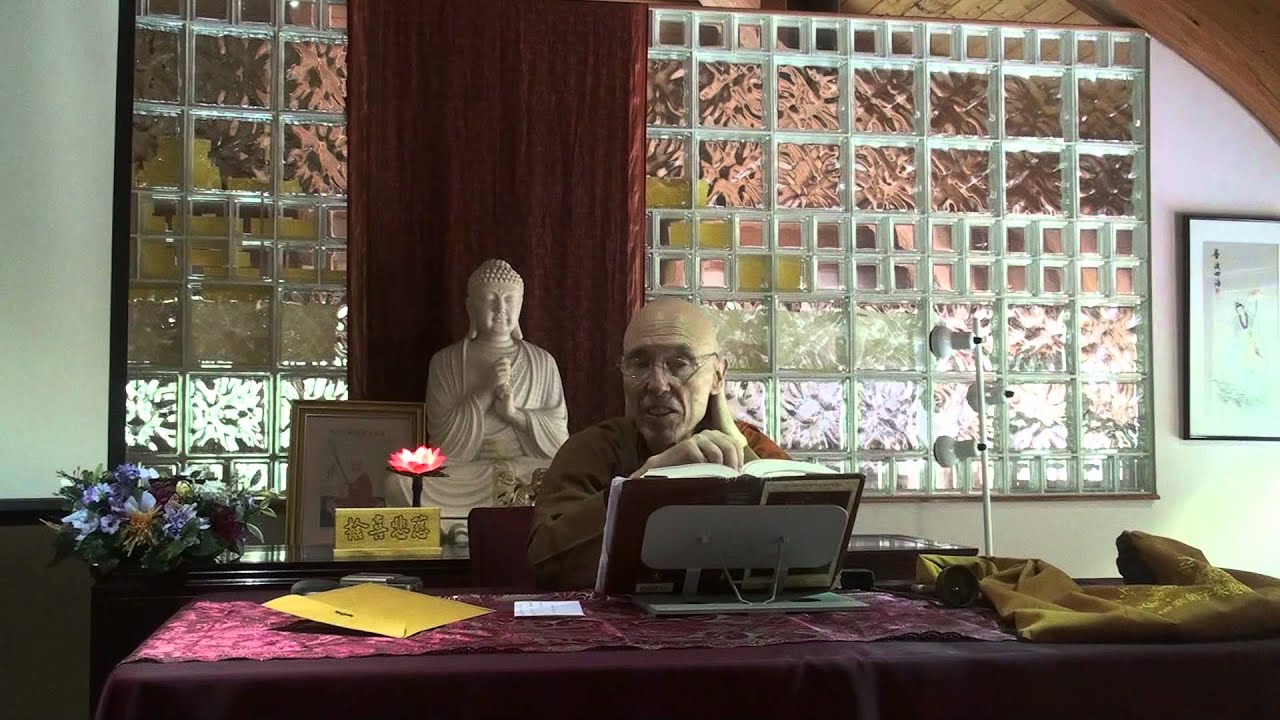Thank you so much for the time you take for these very inspiring answers about your conception of Satipatthana and Anapanasati.
I see in your instructions a real intention to conform to what the suttas say! However, there are 2 elements that make me think that the first tetrad concerns only the breathing body and not the biological body.
These elements are this passage from MN 44:
“Friend Visākha, in-breathing and out-breathing are bodily, these are states bound up with the body; that is why in-breathing and out-breathing are the bodily formation. (Bodhi)
and these passages from MN 118:
“Bhikkhus, on whatever occasion a bhikkhu, breathing in long, understands: ‘I breathe in long,’ or breathing out long, understands: ‘I breathe out long’; breathing in short, understands: ‘I breathe in short,’ or breathing out short, understands: ‘I breathe out short’; trains thus: ‘I shall breathe in experiencing the whole body of breath’; trains thus: ‘I shall breathe out experiencing the whole body of breath’; trains thus: ‘I shall breathe in tranquillising the bodily formation’; trains thus: ‘I shall breathe out tranquillising the bodily formation’—on that occasion a bhikkhu abides contemplating the body as a body, ardent, fully aware, and mindful, having put away covetousness and grief for the world. I say that this is a certain body among the bodies, namely, in-breathing and out-breathing. That is why on that occasion a bhikkhu abides contemplating the body as a body, ardent, fully aware, and mindful, having put away covetousness and grief for the world. (Bodhi)
and
“Bhikkhus, on whatever occasion mn.iii.84 a bhikkhu trains thus: ‘I shall breathe in experiencing rapture’; trains thus: ‘I shall breathe out experiencing rapture’; trains thus: ‘I shall breathe in experiencing pleasure’; trains thus: ‘I shall breathe out experiencing pleasure’; trains thus: ‘I shall breathe in experiencing the mental formation’; trains thus: ‘I shall breathe out experiencing the mental formation’; trains thus: ‘I shall breathe in tranquillising the mental formation’; trains thus: ‘I shall breathe out tranquillising the mental formation’—on that occasion a bhikkhu abides contemplating feelings as feelings, ardent, fully aware, and mindful, having put away covetousness and grief for the world. I say that this is a certain feeling among the feelings, namely, giving close attention to in-breathing and out-breathing. That is why on that occasion a bhikkhu abides contemplating feelings as feelings, ardent, fully aware, and mindful, having put away covetousness and grief for the world. (Bodhi)
- With MN 44, I notice that the “bodily formation” is breathing.
- With the first passage of MN 118, I notice that the Buddha seems to be saying that during the first tetrad, we can say that we contemplate the “body”, but that this contemplated “body” is not just any body, it’s a particular body: breathing.
- And in the second passage of MN 118, we can see the extent to which the Buddha insists, even in a tetrad speaking of mental sensations, that the sensations we contemplate are in fact the breath. This seems to show that the Buddha really does have an astonishing view of breathing compared to the common view.
All this suggests to me that the first tetrad focuses solely on the breath, not on the biological body.
